Listening
This side begins with Johnny Hodges taking us into ‘Prelude to a Kiss’ with one of his classic long, glissandos on the saxophone (sounding to me like something straight out of some black and white classic film noire).The sound of the saxophone with its low growl is incredibly lifelike. With the Lurne, sound is excellent: a little left-right, as early stereo could be, but still with decent center fill.With the Orbius, the volume bumps up about a dB or so;in this and future comparisons, I reduced volume by one dB when using the Orbius. Placement of the instruments across the sound stage improves noticeably with the Orbius, image width extends out past the outer edges of the speakers. The background also seems noticeably quieter. Duke’s piano is cleaner and slightly more dynamic. There is essentially no change in quality and color of the instruments, which were already quite good.
Overall, I have a much better understanding of why this record is viewed as being of audiophile quality. The soundstage and musicality are both terrific.
Even with the Lurne, right out of the box, imaging is very good. Bass is very clean. Horns are well spaced. Coltrane in the middle is, at moments slightly piercing. Cymbals are slightly muddy, as they often could also be on Coltrane’s Impulse records, though I still tend to prefer the Impulses sound to that of Atlantic.
After switching to the Orbius, the cymbals became clearer. I noticed somewhat less change than I have heard with some records, assuming because this audiophile remastering sounds so good as it is.
And wait – suddenly I realized that there were not one, but two bass players. My ears were very puzzled at first by a set of static bass notes next to a walking bass line. So, I looked at the notes on the back of the album, and saw, to my surprise, that there were indeed two players – not getting along particularly well to my ears – but they were there, and I didn’t notice it until I put the Orbius on the platter. Hmm. I’m impressed.
I hadn’t heard this quartet in a long time. When I first put the record on (with the Lurne), I found the music annoyingly difficult to follow. It is difficult to follow, but I think even more so as a result of the way this quartet plays it. The rapidly modulating music requires exceptional work on the players’ part to keep the tonal centers clear as they shift about. This quartet is not as strong in that area, or so my ears told me.
I very nearly took the record off, for placement in the scrap heap, but instead, out of morbid curiosity,I installed the Orbius. In terms of clarity and instrument placement, the change was immediate, and not only gratifying, but helpful. The soundstage opened up and clarified. Now, I understood where each player was sitting. I found it notably easier to follow their individual, and collective, lines. Which meant that I had less trouble finding tonal centers.
Listening to this music still requires significant effort, but it has its pleasures, at least for some of us. This, for me, turned out to be a great example of why better sound can substantially improve the listening experience.
This Bruckner is from the 17 LP set of remastered Bruckner Symphonies conducted by Herbert von Karajan and reissued recently as part of the Original Source seriesby DG.The sound is quite excellent – riveting, really – even without the Orbius.
With the Orbius, as has been the case with all other LPs, the soundstage becomes cleaner and clearer. There is little to no change in the tonality (all to the good – the tonality is already excellent).As with the Coltrane LP, which, like the Bruckner, was already a superb LP, I did not hear as distinctive an improvement as I did on most other records. The velvet black quiet of the Orbius was there, which was terrific. Curiously, in this case, I did not find the improved soundstage clarity entirely salutary. Perhaps that is because the recording is burdened by notable multi-miking, which had already been very skillfully blended by the remastering engineers and was revealed more than I wouldhave liked with the increased soundstage clarity of the Orbius. In other words, more accurate may not always be perceived as better.
This is a very fine copy of one of the favored audiophile records of the HMV SAX era and hard as hell to find in near mint condition. I got lucky. Played without the Orbius, it sounds great. The imaging is, however, more cloudy than ideal, and there is some tape or groove hiss in the background.
With the Orbius, the soundstage once again opened up. The instruments seem more clearly fixed in place. The width of the soundstage is – again – remarkable. The bass feels particularly solid.
In the 2nd movement, there are multiple ecstatic (and loud) stabs of brass at climactic points. With the Orbius, I noticed congestion where these stabs occurred. I didn’t recall the congestion, so went back to listen to the same segments without the Orbius. The congestion was there, just slightly more obvious than with the Orbius. Nevertheless, I went back to the Orbius. I really enjoyed the cleanness, and clarity, even if it occasionally told me more than I wanted to know. The individual winds were palpable. A short light scratch appeared but was so specific in location that it was not annoying.
As with almost every other record I played, the Orbius helped bring out the best of the sound. In fact, I can tell I’m starting to habituate to what the Orbius does, such that I am tempted to quit doing A/B testing and listen only to the Orbius.
The sound of this SAX was good without the Orbius but did not have the level of finesse I’d like to hear. As usual, the Orbius centered the sound in such a way that I could better place the instruments across the stage. I felt that I could hear more of the resin in the bows of the strings, a more accurate presence. Same with the winds. In one loud spot, I could sense some mild overload that I had not focused on before, but as noted, there can be a price to pay for more accuracy (or, concomitantly, some occasion advantages to vagueness). I’d rather have the accuracy in this case.
Water Lily Acoustics, “Bhati and Namdari, Sarada da mari”
Water Lily Acoustics records were celebrated for their sound during the 90’s and deserve to be so today. This ‘92 release is about as good sounding a record as I know of. Part of the beauty no doubt has to do with the simplicity of the set up and what is being recorded: a guitar-like instrument on one side, and tablas on the other, recorded with minimal miking.
This is one of the few records on which I really did not observe a great deal of difference between the Lurne and the Orbius. There might have been a slight increase in clarity with the Orbius, a slight increase in transient attacks in the guitar, and perhaps a light quickening in decay. But by the time I’d listened to the record with either clamp, my ears were happy.
With the Lurne clamp, the sound was good but was held back somewhat by the early-Decca thinness one can notice in the strings, and sometimes elsewhere.
With the Orbius, coherence increased in the strings, which seem less thin. As usual, the sound stage opened up and the treble became crisper with cymbals now seeming more real. And, as we’ve heard before, the specificity of placement of the instruments became very strong. The bass, most noticeable in the thwacks of the bass drum, became very satisfying.
Sound out of the box is somewhat muddy for an early Decca. It’s only strings, which can be difficult to record. I thought it would be nice if the Orbius opened things up and separated the string “voices”.Which is exactly what happened. However, the difference is not quite the knockout blow that I hoped. Nevertheless, I can hear the different groups more distinctly, and the bass is enhanced, as often happens. I think the age of the recording and the methods of the time are getting in our way somewhat. But the end result was still improved and a pleasant listen.
But Will It Work as well on Other Turntables?
I was curious whether the same results could be achieved with a somewhat less expensive turntable without a vacuum hold down. I was able to spend two hours at a local dealer’s showroom (Timbre, Houston) auditioning the Orbius on aClearaudio Statement Clamp (Panzerholz) turntable ($41,200) sporting one of their Goldfinger cartridges. If anything, the changes were significantly greater.
As stated earlier, there are a number of versions of the Orbius which differ in the material used to provide an energy sink. The one which I auditioned (tungsten) was the heaviest at approximately two pounds, with the lightest using an ear selected wood at about one third the weight.
Further Thoughts
With almost every record played, the Orbius brought out the best sound which the record had to offer.Placement of instruments across the stage improved noticeably. It became possible on complex passages to follow the individual and collective lines, which aided in finding tonal centers. The soundstage opened up and instruments seemed more closely fixed in space. The stage was in many instances wall-to-wall. Instruments were incredibly lifelike. Resolution was significantly enhanced which made it possible to hear fine detail which added to the illusion of hearing real instruments in concert hall settings. This was particularly evident with cymbals and other percussion instruments as well as with strings.
The background also seems quieter which, in turn, makes the music seem more dynamic. As I mentioned above, there was subjectively an increase in loudness of almost a decibel. There is essentially no change in either quality or color of the instruments, i.e. you are not sacrificing tonal warmth and density for added detail or resolution.
If I were trying to summarize all this in one word, I would say that the Orbius clarifies what is on the record bringing it much closer to a master tape.
The Orbius receives my highest recommendation, and I purchased the review sample.
- ← Previous page
- (Page 2 of 2)
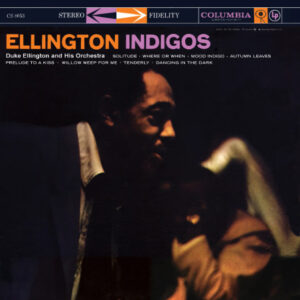
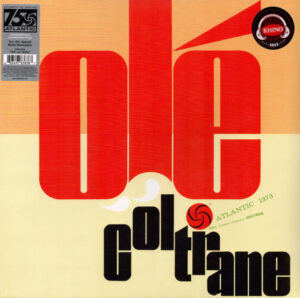
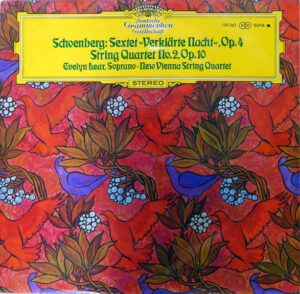
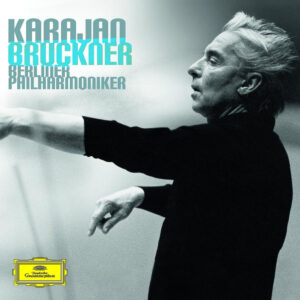
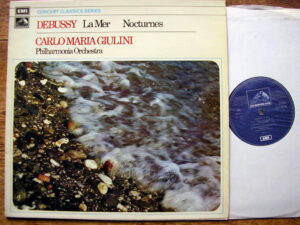
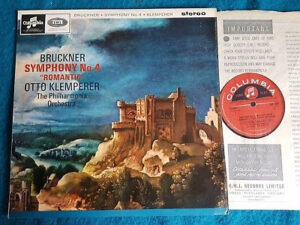
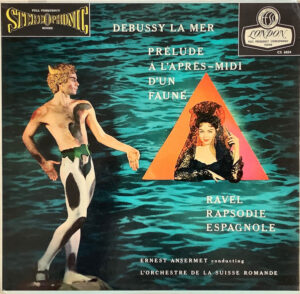
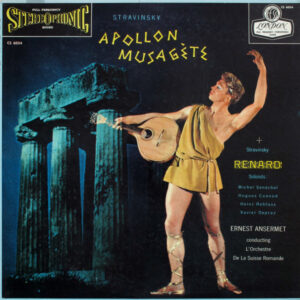
To me, $4000 seems a bit excessive for a record clamp. In the world of uber expensive audio, I think this qualifies and I’m sure some can’t wait to own it. Personally, I’m quite sure the differences you discern in playback would not be as obvious to me. In fact, I don’t use a clamp and the music I play sounds great to me. Still, for the audio-obsessive and well heeled, this might qualify as a must-have component. For the rest of us: MEH…..
Eric,
Many thanks for your comment. I have now tried the Orbius on a number of turntables at various price points and the results have been significant in every case, always for the better. Quite honestly, I have spent more and gotten significantly less improvement. I have suggested to the manufacturer that a less expensive weight that achieved 80-90 percent of what the Orbius does would be highly successful.
Fred